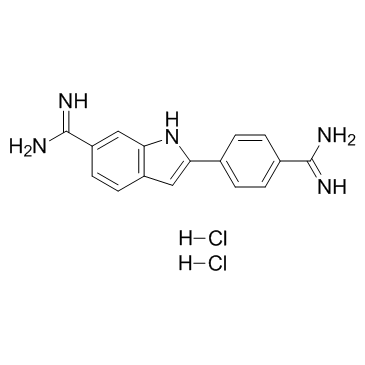| Structure | Name/CAS No. | Articles |
|---|---|---|
 |
Glycerol
CAS:56-81-5 |
|
 |
L-Nicotine
CAS:54-11-5 |
|
 |
Formaldehyde
CAS:50-00-0 |
|
 |
Dimethyl sulfoxide
CAS:67-68-5 |
|
 |
HELSS
CAS:88070-98-8 |
|
 |
(±)-nicotine
CAS:22083-74-5 |
|
 |
4',6-Diamidino-2-phenylindole dihydrochloride
CAS:28718-90-3 |
|
 |
8-Octanoyloxypyrene-1,3,6-trisulfonic acid trisodium salt
CAS:115787-84-3 |